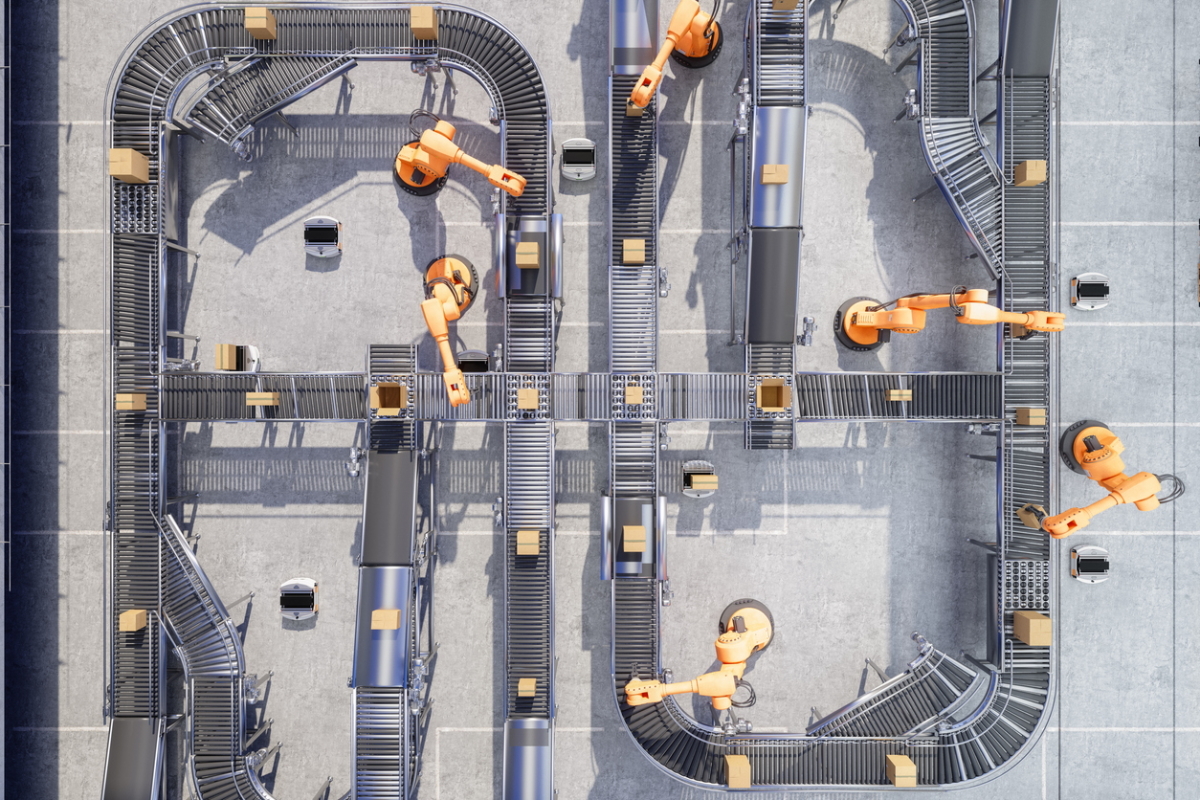Driving success with automation

Mike Amundsen and Matt McLarty at MuleSoft explain how to recognise and optimise the automation cycles to drive success now
Automation has been utilised in the workplace for decades -- especially for the IT industry. The rise of cloud computing, machine learning, and artificial intelligence has brought the topic of automation to the forefront in boardrooms across the globe.
Leaders are exploring how they can leverage AI and robotics in their own organisation and how these trends are affecting their market and products for the future.
Especially now, amidst economic uncertainties and increasing customer expectations, CIOs and their business stakeholders must do more with the tools and technologies they already have. They need self-serve technologies like automation to increase efficiency, improve results, and lower costs, and they need to do it now.
Having a laser focus when it comes to automation is the key to ensuring you leverage these trends into market advantage for your company.
It is critical to think of automation as anything that helps establish consistency across the business, improves product quality, and increases productivity. When approached this way, automation can have a massive impact everywhere within an organisation and create sustainable, efficient growth.
The four stages of automation
And there is a clear cycle of automation progress in any single field. And that cycle has four parts:
- Humans do it by hand: At the start of the automation cycle, humans do all the work. Think of subsistence farming thousands of years ago. This was done entirely by hand (with the help of a few hand tools). It was intensive, backbreaking, and tedious work.
- Humans use tools:The next step in the cycle is when humans spend time building their own tools and small "machines" to make the work easier. For example, farmers fashioned ploughs and tied them to draft horses for cultivation and planting. They used wheeled carts to collect and deliver the harvest. Taking the time to make tools pays off in improved work experience and productivity.
- Humans guide machines: As tools get large enough and sophisticated enough, they are called machines. People can use machines as a kind of "added helper" to speed production and improve consistency and quality.
To continue with the farming example, the advent of tractors means a single farmer can drive a harvester/combine through a field and cut wide rows of wheat, automatically separate the wheat from the chaff, collect the grain in bags and roll the remaining hay into bales that can be hauled off to market and storage. What used to take a team of people days can be done in a matter of hours.
- Machines do the work alone:The final stage of the automation cycle is when machines can do the job without humans "driving" them. Advances in farming technology have led to farming robots that can till, plant, weed, and harvest a crop without the need for humans to do much more than monitor their progress. And a single person can monitor several of these robots at a time.
The fifth stage: automating automation
There are lots of examples of the automation cycle in every company. Forty years ago, many managers had administrative assistants and those that did not could access clerical "pools" to help type and distribute inter-office correspondence.
Today those tasks have been "automated away" and most employees are expected to use video, email, chat, and other technologies to communicate. This reduces the cost of keeping informed and speeds the flow of information within the organisation, which ultimately fosters greater productivity and innovation.
It follows that computing can be automated, too. Fifty years ago, there were no programming languages. Instead, programmers "hard wired" circuits together with cabling. Once punch cards were introduced in the 1960s, humans translated programming instructions onto cards and then "fed" the cards into the computer. Once interactive screens were added, programmers could type programs directly into the computer.
More recently, there have been efforts to "automate" programming by teaching the computers to program themselves. When that happens, we’ll have reached stage four of the automation cycle for programming.
The ability to recognise the automation happening within your own company and industry gives you the opportunity to leverage that trend, optimise your own organisation and, in some cases, beat your competitors to the market with new and innovative solutions. That’s the real value of automation -- the ability to optimise the experience of your own employees and your customers.
Laying the automation foundation
Now that you know the automation cycle, look around for opportunities within your company. All aspects of your organisation provide chances for improvement -- for automation. Hiring, product management, production lines, distribution, customer feedback, and more.
Sometimes you just need to provide your teams with a few new tools (stage 2) in order to boost productivity. Sometimes you have to invest in a new production platform and processes to speed the work and improve consistency (stage 3). And every once in a while, you may need to completely rethink the way you do business and revolutionise your company (stage 4).
In this day and age, the role of leadership is to recognise and optimise the automation cycle. Those that do that well, will not only succeed now and in the future, but they are also likely to be the innovation leaders in their fields.
Mike Amundsen is digital strategy advisor at MuleSoft and Matt McLarty is Global CTO and vice president of the MuleSoft digital transformation office
Main image courtesy of iStockPhoto.com
Winston House, 3rd Floor, Units 306-309, 2-4 Dollis Park, London, N3 1HF
23-29 Hendon Lane, London, N3 1RT
020 8349 4363
© 2025, Lyonsdown Limited. Business Reporter® is a registered trademark of Lyonsdown Ltd. VAT registration number: 830519543